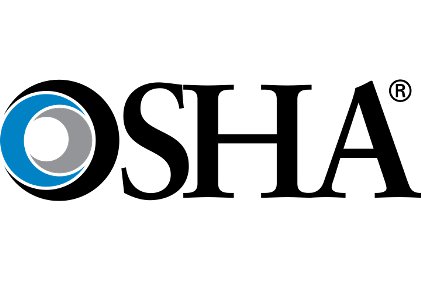 Union officials or community organizers will be allowed on “walkaround” OSHA inspections at non-union workplaces, under a new interpretation of regulations by the agency in a recent interpretation letter.
Union officials or community organizers will be allowed on “walkaround” OSHA inspections at non-union workplaces, under a new interpretation of regulations by the agency in a recent interpretation letter.
The revision comes in response to a letter from Steve Sallman, Health and Safety Specialist for the United Steel, Paper and Forestry, Rubber, Manufacturing, Energy, Allied Industrial and Service Workers International Union.
“You ask whether workers at a workplace without a collective bargaining agreement may authorize a person who is affiliated with a union or a community organization to act as their representative under the Occupational Safety and Health Act (OSH Act),” writes Deputy Assistant Director Richard Fairfax in a letter of interpretation released on April 5, 2013.* “This would include "representing the employee(s) as a personal representative" and "accompanying the employee on an OSHA inspection" in a non-unionized workplace.”
Fairfax’s answer: yes.
“The OSH Act, the Secretary's regulations implementing it, and OSHA's Field Operations Manual (FOM) all recognize the role of an "employee representative," who may represent employees' interests in enforcement-related matters. For example, a representative may: (1) file complaints on behalf of an employee (29 U.S.C. § 657(f), 29 C.F.R. § 1903.11(a)); (2) request workplace inspections (29 U.S.C. § 657(f), 29 C.F.R. § 1952.10(a)); and (3) participate in informal conferences to discuss issues raised by citations (29 C.F.R. § 1903.20). An employee representative may also contest the abatement period in OSHA citations and participate in contest proceedings filed by an employer (29 U.S.C. § 659(c)). The Field Operations Manual explains that an employee representative may include any person acting in a bona fide representative capacity, including nonprofit groups or organizations (FOM Chapter 9, I.A)."
Fairfax adds: "The OSH Act authorizes participation in the walkaround portion of an OSHA inspection by "a representative authorized by [the employer's] employees." 29 U.S.C. § 657(e). Therefore, a person affiliated with a union without a collective bargaining agreement or with a community representative can act on behalf of employees as a walkaround representative so long as the individual has been authorized by the employees to serve as their representative. This right, however, is qualified by the Secretary's regulations, which allow OSHA compliance officers (CSHOs) to exercise discretion over who participates in workplace inspections.
"Section 8(e) of the OSH Act provides that, "[s]ubject to the Secretary's regulations, a representative of the employer and a representative authorized by his employees shall be given an opportunity to accompany the Secretary or his authorized representative during the physical inspection of any workplace . . . for the purpose of aiding such inspection." 29 U.S.C. § 657(e). This language makes plain that, subject to the Secretary's regulations, where employees have chosen a representative, they have a right to have that representative accompany the CSHO during a workplace inspection. The Secretary's regulations, 29 C.F.R. § 1903.8, qualify the walkaround right somewhat, but only in order to allow OSHA to manage its inspections effectively. They allow the Secretary or her authorized representative (the compliance officer) conducting the inspection to determine who can participate in an inspection. See 29 C.F.R. §§ 1903.8(a)-(d)."
In the letter, he noted that there are numerous ways that an employee representative who is neither an employee of the employer being inspected nor a collective bargaining agent could contribute to inspection through that person's experience with ealuating similar working conditions in a different plant, or a fluency in a language (other than English) spoken by workers at the site. "Finally, workers in some situations may feel uncomfortable talking to an OSHA CSHO without the trusted presence of a representative of their choosing."
Previously, OSHA allowed union representatives to be the employee representative only when the inspection involved a “union” workplace.
Labor law experts David Phippen and William K. Principe of Constangy Brooks & Smith LLP say the interpretation has generated some opposition from employers, who regard it as an attempt by the Obama administration to ease workplace access for labor unions, giving the unions more opportunities to get audiences inside non-union workplaces in order to organize them.
“This new interpretation arguably conflicts with an interpretation given by OSHA in 2003 and potentially contravenes the applicable provisions of the statute and regulation,” write Phippen and Principe. “Litigation may eventually decide the validity of the new interpretation.”
*Fairfax retired earlier this month.



